The Urban Disadvantage - State of the World's Mothers 2015
Pubblicazioni correlate
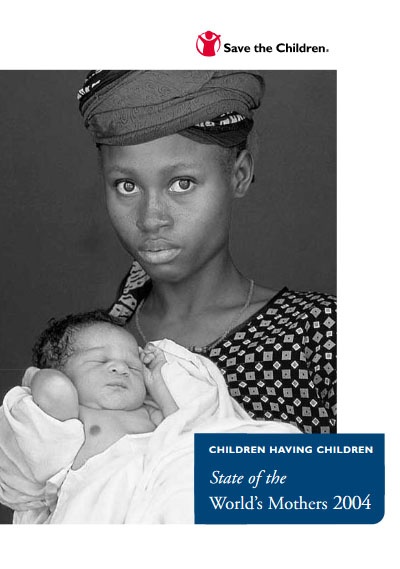
Children having children - State of the World's Mothers 2004
Anno di pubblicazione
2004
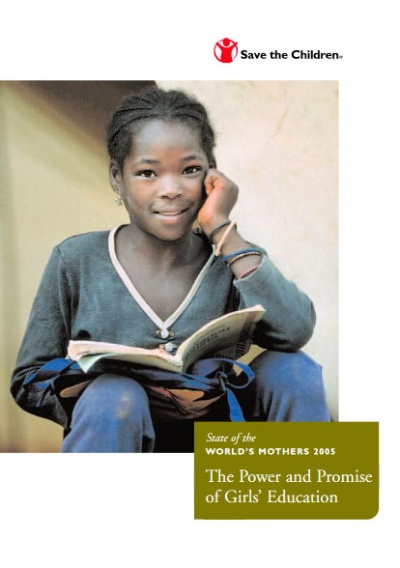
The Power and Promise of Girls' Education - State of the World's Mothers 2005
Anno di pubblicazione
2005
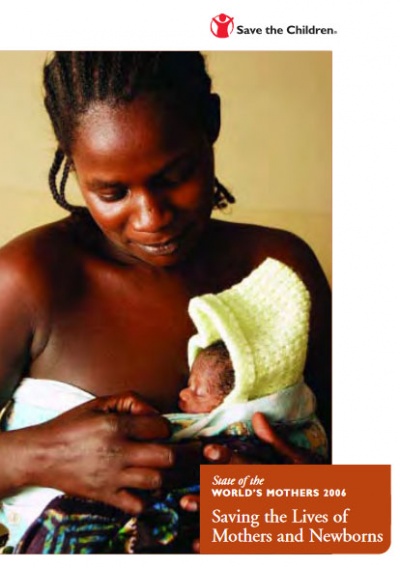
Saving the Lives of Mothers and Newborns - State of the World's Mothers 2006
Anno di pubblicazione
2006
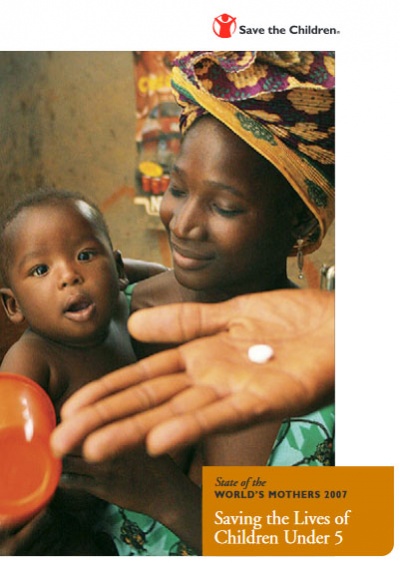
Saving the Lives of Children Under 5 - State of the World's Mothers 2007
Anno di pubblicazione
2007
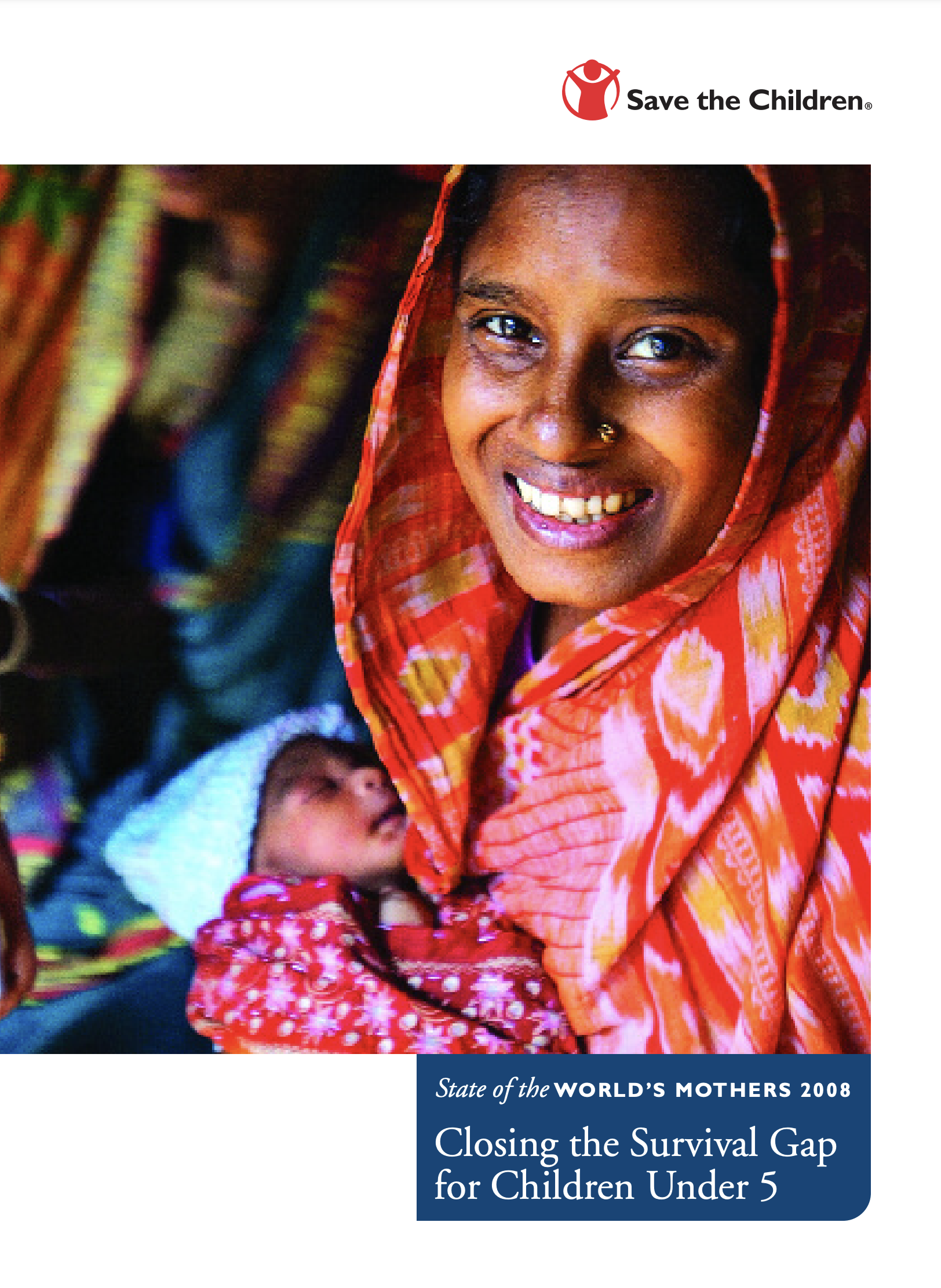
Closing the Survival Gap for Children Under 5 - State of the World's Mothers 2008
Anno di pubblicazione
2008
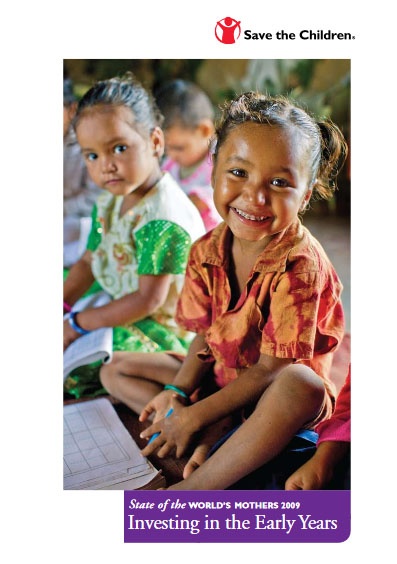
Investing in the Early Years - State of the World's Mothers 2009
Anno di pubblicazione
2009
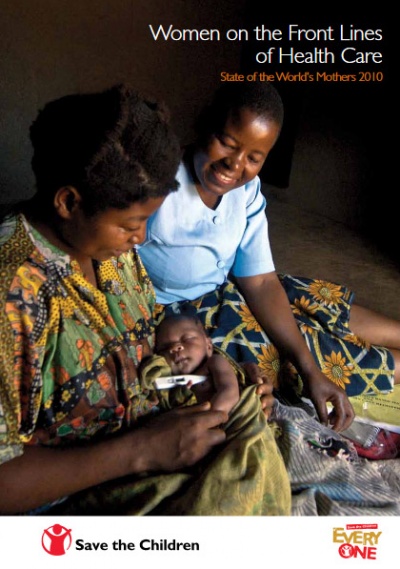
Women on the Front Lines of Health Care - State of the World's Mothers 2010
Anno di pubblicazione
2010
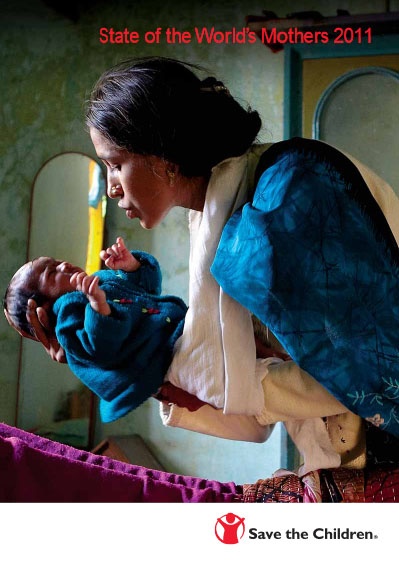
Champions for Children - State of the World's Mothers 2011
Anno di pubblicazione
2011
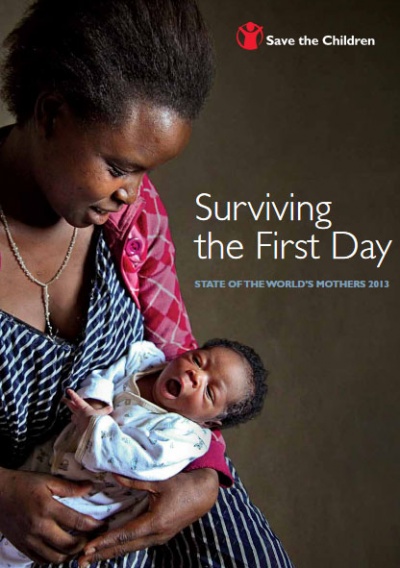
Surviving the First Day - State of the World's Mothers 2013
Anno di pubblicazione
2013
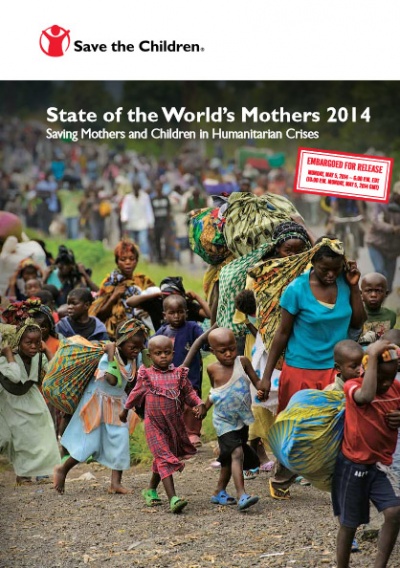
Saving Mothers and Children in Humanitarian Crises - State of the World's Mothers 2014
Anno di pubblicazione
2014